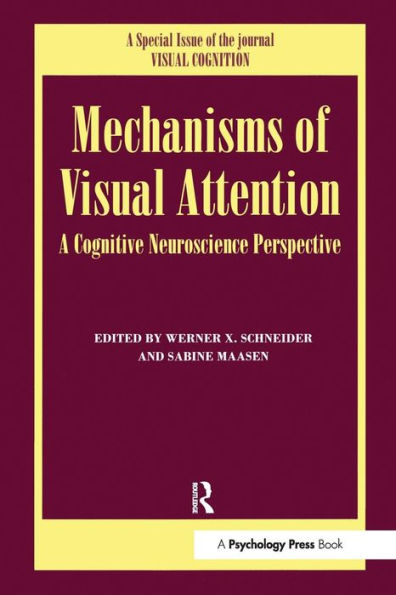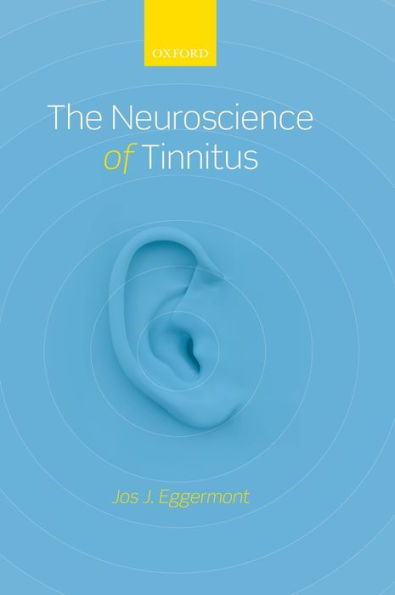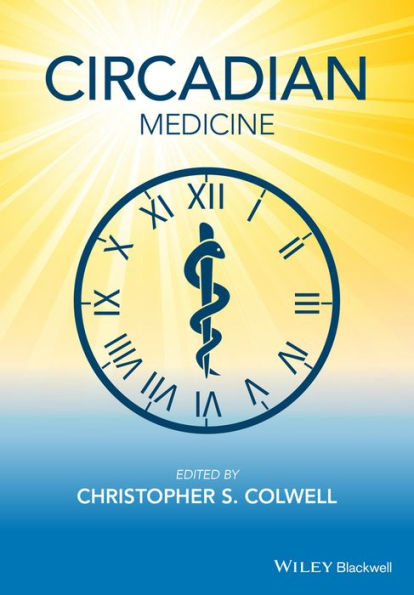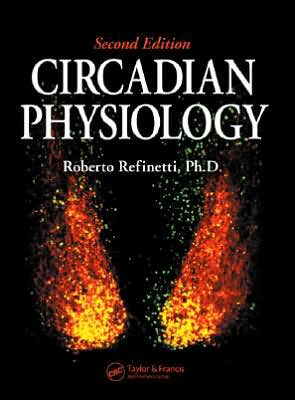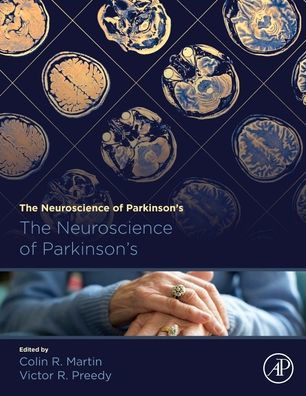Home
Circadian and Visual Neuroscience
Barnes and Noble
Circadian and Visual Neuroscience
Current price: $288.00


Barnes and Noble
Circadian and Visual Neuroscience
Current price: $288.00
Size: Hardcover
Loading Inventory...
*Product information may vary - to confirm product availability, pricing, shipping and return information please contact Barnes and Noble
Circadian and Visual Neuroscience, Volume 273
in the
Methods in Enzymology
series, highlights new advances in the field with this new volume presenting interesting chapters on topics including Optical set-ups, Psychophysics of Luminance and Color Vision, Psychophysics of non-visual photoreception PRC/IRC/DRC/Spectral Sensitivity, Circadian and visual photometry, Modelling (retina), Modelling (circadian), Techniques for examining vision at the cellular level, Advanced techniques for characterizing the world hyperspectrally, Circadian physiology in mice: Melanopsin, Circadian physiology in mice: Color and cones, Translational aspects of animal studies, Retinal clocks, Primate non-visual physiology, Light and mood in animal models, and much more.
in the
Methods in Enzymology
series, highlights new advances in the field with this new volume presenting interesting chapters on topics including Optical set-ups, Psychophysics of Luminance and Color Vision, Psychophysics of non-visual photoreception PRC/IRC/DRC/Spectral Sensitivity, Circadian and visual photometry, Modelling (retina), Modelling (circadian), Techniques for examining vision at the cellular level, Advanced techniques for characterizing the world hyperspectrally, Circadian physiology in mice: Melanopsin, Circadian physiology in mice: Color and cones, Translational aspects of animal studies, Retinal clocks, Primate non-visual physiology, Light and mood in animal models, and much more.
